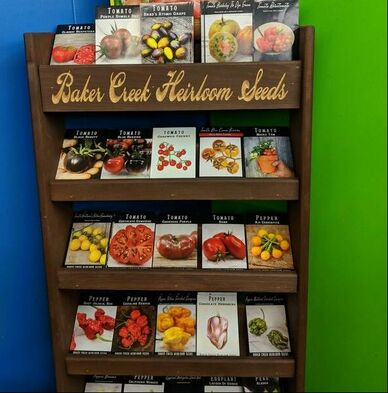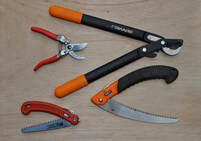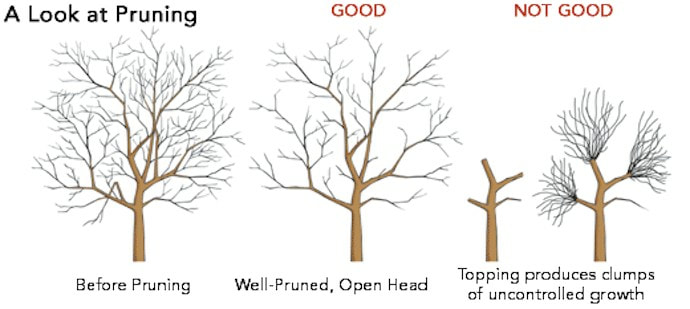 Our Baker Creek Seeds At The Market Our Baker Creek Seeds At The Market Its January in Indiana and you are snowed in. What do you do? Well, if you love gardening, it's a great time to study seed catalogs. There are some things to think about when buying seeds: Heirloom vs Hybrid, Organic vs Non-Organic and of course GMO's. Here are some informational tips:
7 Comments
 Sometimes I find myself doing tasks in the winter that would have been much easier in the summer. Cleaning trays is one of them. It is just like leaving dirty laundry on the floor. You would not have to go back for it if you had put it in the hamper in the first place. Ok, back to real life. It is great to recycle old seed starting trays, but they need to be sterile. Old trays can harbor pathogens that can dampen off young seedlings. Here is what you "should" do. After you use the trays initially and transplant seedlings into your garden, clean your trays using the following steps: 1. Shake out loose dirt. 2. Rinse off with garden hose. 3. Wash with 10% bleach solution or soapy water. (some gardeners soak trays in a tote or kiddie pool of bleach water) 4. Rinse 5. Let trays completely dry in the sun. 6. Store in plastic garbage bags until ready to use. Whenever you choose to clean your trays, your seedlings will be glad you did.  Pruning has never been one of my favorite things. I am always afraid of doing permanent damage. In reality, apple trees are tough and very forgiving. The best start to pruning is good-quality sharp and sterile pruning tools. Hand held bypass pruners, long handle lopping shears, and a pruning saw are some great ones. A good tip: if you have a battery powered reciprocating saw, it will do the job on branches that are too big for the loppers. When cutting, you want a clean cut without smashing the wood. When to Prune Apple Trees Summer pruning of apples helps encourage fruiting and flowering, but winter pruning is essential for controlling shape and vigor. Winter pruning starts when the trees go dormant and lasts until early spring before they start to bud. 1. Remove the 3 "D's". That’s diseased, dying and dead wood. If the wood shows obvious signs of any malady, amputate it. Make the cut into healthy wood to ensure the problem doesn’t spread. 2. Remove crossing branches. If two branches cross, they will rub away the bark and potentially provide an entry point for disease. They will also make it harder for air to circulate, and make harvesting more awkward. Try to imagine how the branches will look when weighed down with leaves and fruits; will they rub against a branch below? If you spot two branches that are likely to cross in the future, prune one of them out now. It’s an easier job to make these cuts while they’re still small. Think of any inward-pointing branches as crossing ones, and remove. 3. Make the biggest cuts first. You can spend an awful lot of time removing a small dead twig here and a spindly inward-turning shoot there, but when thinking about removing a small branch it’s a good idea to trace it back to the trunk to see if there are other problems. You might find that it crosses with another further back and that it, therefore, should be cut out closer to the trunk. 4. Make clean cuts. Use clean, sharp pruning tools. If you’re doing a lot of pruning you may need to stop occasionally and re-sharpen the blade. High-quality tools will retain an edge for much longer. Always cut just-above a healthy outward-facing bud. This is where next year’s growth will spring from. If you need to remove a whole branch, make your cut close to – but not into – the main branch or trunk. Look for the raised ‘collar’ where the branch joins and cut flush with that. When using a saw to prune larger branches, first make a shallow undercut before sawing through from above. That way if the branch breaks off as you’re cutting it, it won’t rip off a long section of the tree’s protective bark. Prune very thick or long limbs in sections. It may seem like more work but it’s much safer, and it’s less likely to cause damage if the branch breaks under its own weight as you’re cutting. 5. Take your time. Keep stepping back and checking the overall shape of the canopy to make sure it looks balanced before making your next cut. A little change in perspective can make a big difference! |
ContributorsWe love to feature blogs from all of the members of our team, including core staff, interns, volunteers, and others. We hope you enjoy the stories and find the information useful! Archives
January 2023
Categories |
AddressLaSalle Square
3701 Prast Blvd. South Bend, IN. 46628 |
Hours
Garden: always Welcome Center Mon-Sun: 9am-7:30pm |
Telephone574-222-2266
After Hours: 574-315-4361 |
Unity Gardens
PO Box 10022 South Bend, IN. 46680 |


 RSS Feed
RSS Feed